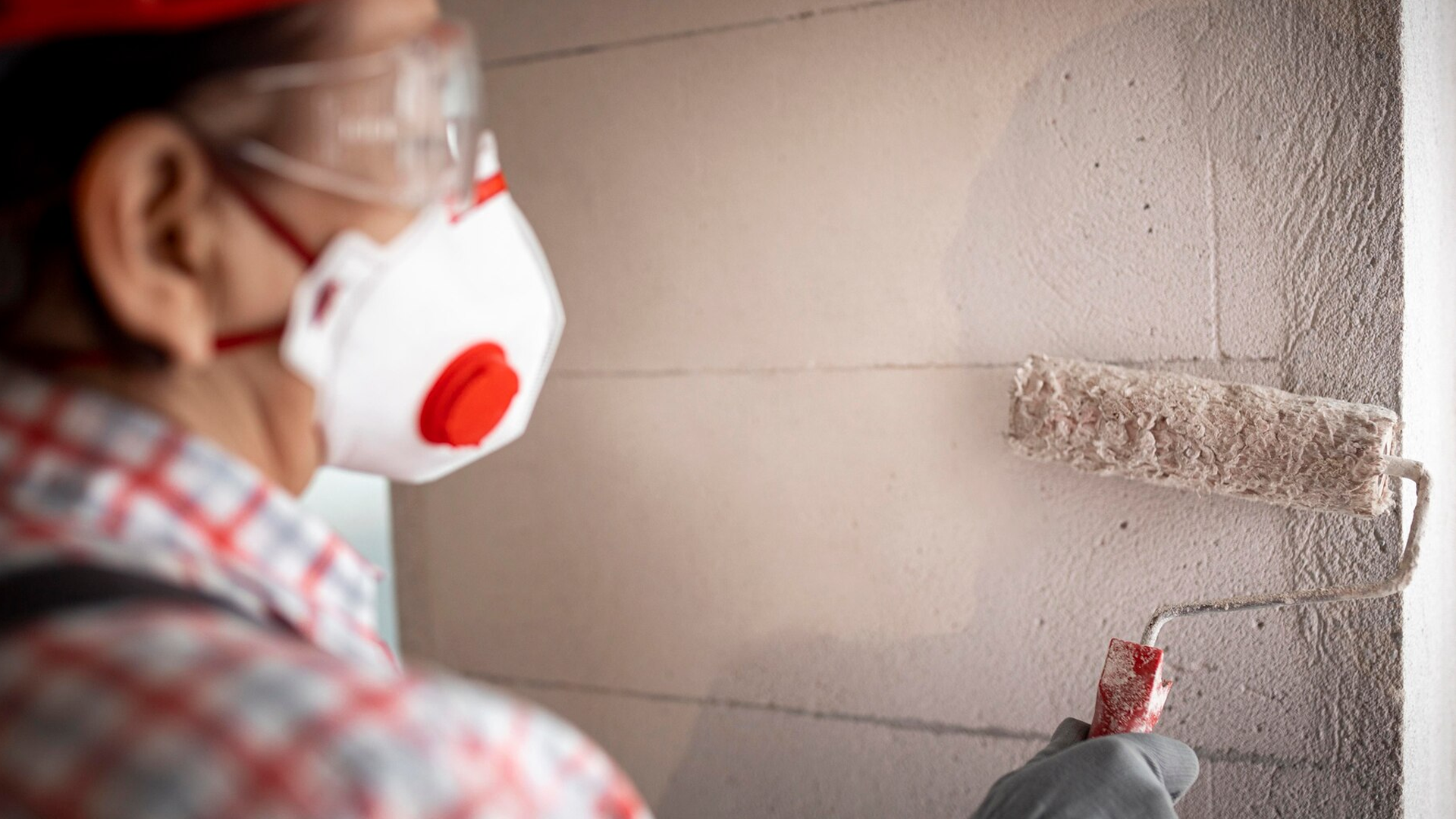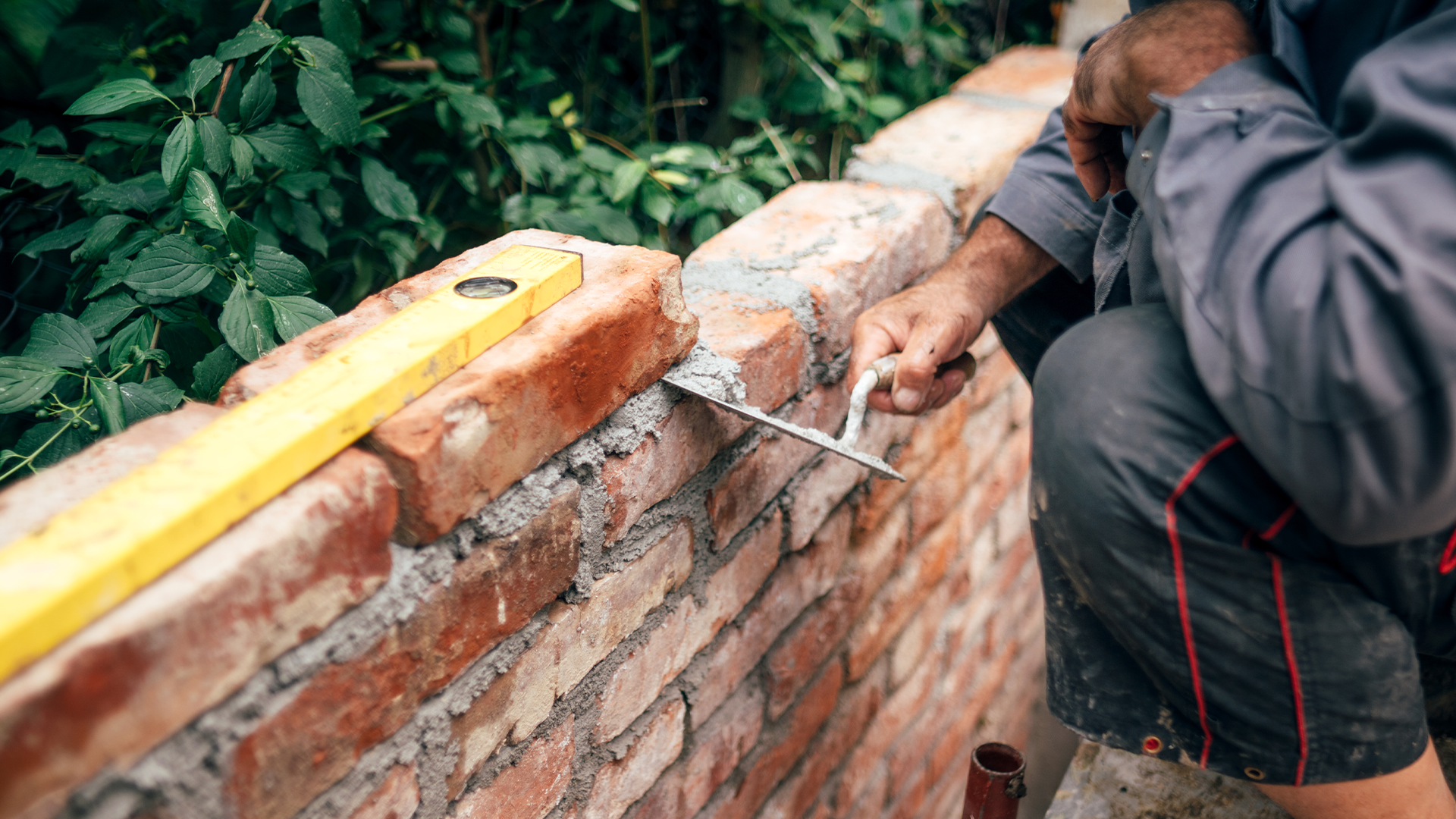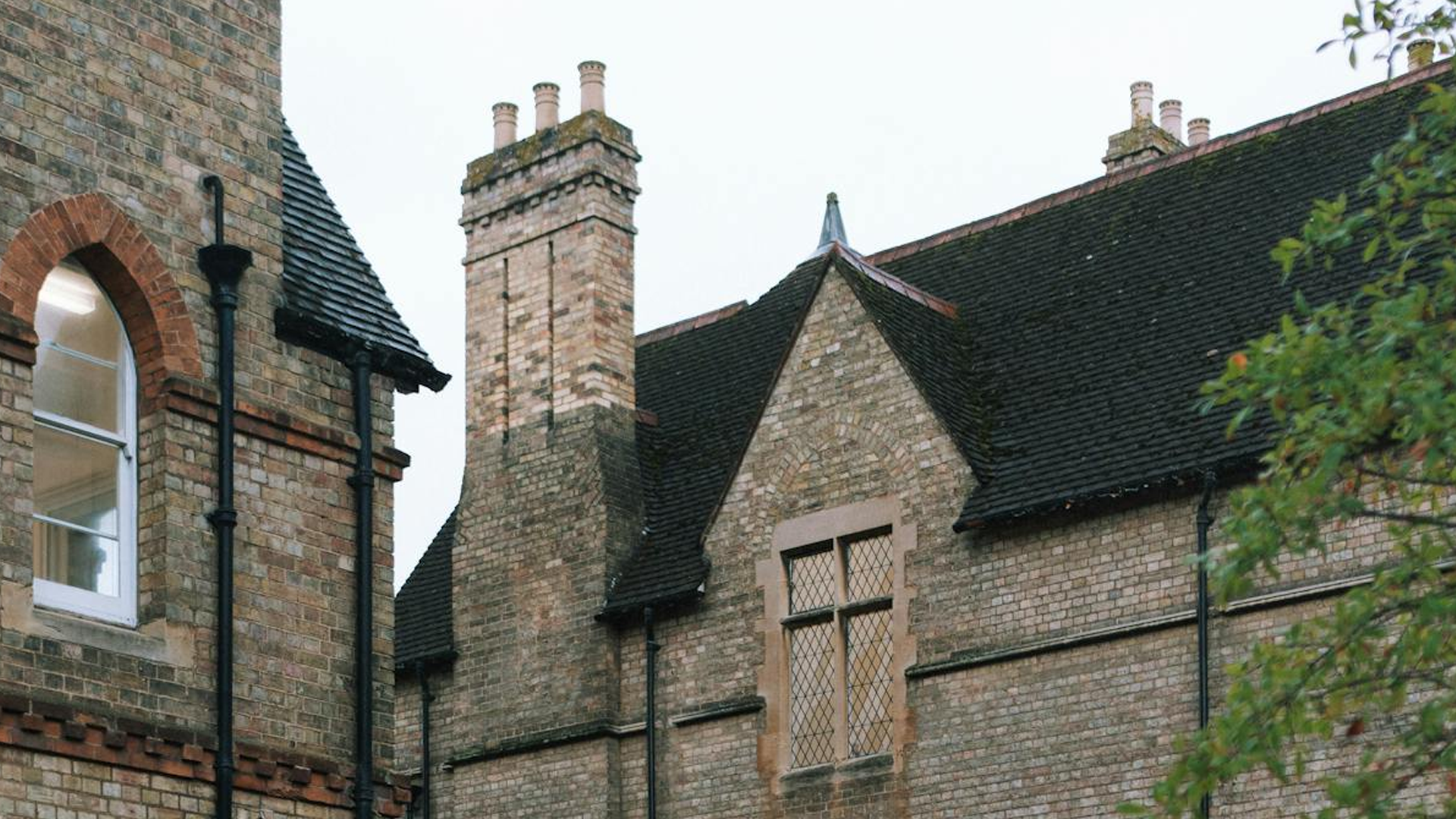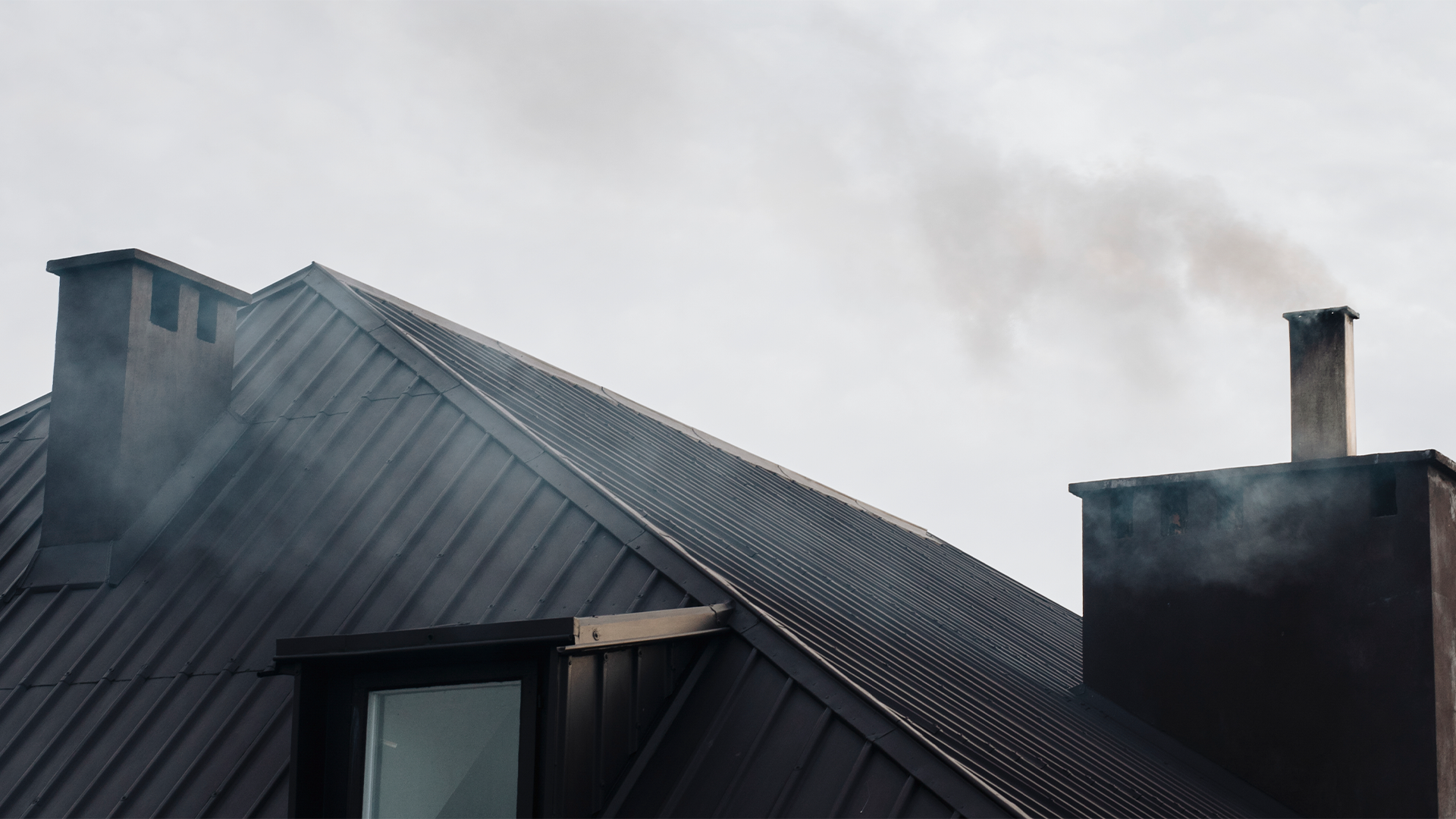If neglected, damp walls can result in major structural problems as well as health hazards in addition to being ugly. In order to provide a healthier and more structurally sound atmosphere for your house or building, we will examine the reasons for moisture in walls in this extensive guide and offer practical treatments for wet walls from the inside out. If you are in search of efficient remedies on how to treat damp walls internally, stick to this blog till the end.
Understanding the Causes of Damp Walls
Leaks from roofing or plumbing, condensation from inadequate ventilation, rising dampness from the earth, and penetrating dampness from outside sources are some of the causes of moist walls. Before beginning therapy, it is essential to determine the underlying reason to avoid reoccurring problems.
Identifying the Signs of Dampness
It’s critical to identify the symptoms of moisture in walls before implementing any treatment strategies. Typical signs include peeling wallpaper or paint, apparent mould development, musty smells, wet spots or water stains, and a chilly or damp feeling in the afflicted regions.
Effective Treatment Methods: How to Treat Damp Walls Internally
Unable to figure out how to treat damp walls internally? We will help you understand the signs and deliver worthwhile methods to keep dampening walls at bay!
Addressing Plumbing and Roof Leaks
Dripping walls are frequently caused by roof problems and plumbing leaks. Check your roof and plumbing system thoroughly on a regular basis to look for damage or leaks. To stop water from leaking into the walls, fix any leaks right away. For thorough repairs in situations of significant damage, consider speaking with a licensed roofer or plumber.
Improving Ventilation
To avoid moisture buildup from condensation, adequate ventilation is essential. Extractor fans must be installed in kitchens and bathrooms to remove excess moisture produced by cooking or taking a shower. By efficiently removing humidity, these fans lower the possibility of moisture and the development of mould. Furthermore, regular window openings let in fresh air, which reduces indoor humidity levels even further. Using dehumidifiers helps maintain ideal humidity levels in places that are prone to ongoing moisture, such as laundry rooms and basements. This helps create a dry and pleasant interior atmosphere while reducing the hazards connected with wet walls.
Damp-Proofing
Water intrusion into walls is stopped by damp-proof coatings or membranes, which serve as moisture-resistant barriers. These membranes can be used inside to stop the seepage of groundwater that causes increasing humidity. Seek advice from a moisture-proofing expert to ascertain the best course of action on how to treat damp walls internally for the best results.
Repairing and Sealing Cracks
Dampness results from water seeping through wall cracks and crevices. Look for any obvious gaps or cracks in the walls, then use waterproof sealants or fillers to fix them. Areas around windows, doors, and pipes should receive special attention because these are frequent locations where cracks can appear. Water intrusion and the ensuing humidity may be avoided with routine maintenance and prompt repairs.
Installing a Damp-Proof Course
Installing a physical or chemical damp-proof course can successfully stop moisture from rising through walls in situations of chronic rising dampness. By erecting a barrier to stop groundwater’s capillary action, a damp-proof course keeps the inner walls dry and moisture-free. It is advised to consult a damp-proofing professional to ensure appropriate installation and long-term efficacy.
Treatment with Anti-Mould Solutions
Damp walls frequently result in mould development, which can worsen problems with indoor air quality. To clean and cure impacted areas, such as walls and ceilings, use anti-mould treatments. If the root source of the moisture is removed, these methods not only get rid of the mould that is already there but also prevent it from growing again. To stop mould issues from coming again, make sure there is enough ventilation and moisture management.
Humidity Control
High humidity levels can encourage the growth of mould and moisture indoors. Use hygrometers to keep an eye on humidity levels and take preventative action to manage moisture. To lower humidity levels, use moisture-absorbing items in cabinets or storage rooms, such as silica gel or desiccants. Using air conditioning or dehumidifiers can also assist in maintaining ideal humidity levels and avoid problems caused by wetness.
Preventive Measures
Regular Maintenance
To stop water intrusion and the ensuing dampness, regular maintenance of drainage systems, roofing, gutters, and plumbing systems is crucial. To take immediate action against any possible leaks or damage, schedule routine inspections and repairs as needed.
Proper Ventilation Practices
Encourage appropriate ventilation techniques throughout your house or structure to lessen the accumulation of moisture and condensation. Open windows, use extractor fans in high-moisture locations and steer clear of activities that produce an excessive amount of moisture indoors to promote ventilation.
Waterproofing Measures
In moist places like bathrooms or basements, paint or cover interior walls with waterproof materials. By forming a barrier against moisture, these coatings limit dampness and water intrusion. To ensure expert application and durable outcomes, think about speaking with a waterproofing specialist.
Case Studies and Real-Life Examples
Case Study 1: Rising Damp in a Basement Apartment
Mrs Smith, a homeowner who lived in an apartment with a basement, saw mould growing on her walls and ongoing moisture. Inspection revealed that the main source of the problem was growing moisture from groundwater. Internally, a damp-proof course was put in place, and damaged wall repairs and ventilation were enhanced. By combining these strategies, the moisture issue was successfully fixed, giving Mrs Smith a dry and healthier living space.
Case Study 2: Condensation-Related Dampness in a Bathroom
In their bathroom, Mr. and Mrs. Jones frequently had condensation and humidity, which encouraged the growth of mould and offensive odours. Better ventilation techniques, such as extractor fan installation and routine window opening, allowed them to drastically lower moisture levels and stop more dampness problems. Moreover, applying waterproof coatings and anti-mould treatments to bathroom walls contributed to the preservation of a dry, mold-free atmosphere.
Conclusion
We’ve researched and assembled the best methods to put up this guide on how to treat damp walls internally so far for your convenience. Internal damp wall treatment calls for a comprehensive strategy that takes care of the underlying issues, applies efficient treatment techniques, and puts preventative measures in place. You may create a dry, pleasant, and structurally sound indoor environment free from dampness-related issues by being aware of the underlying elements that contribute to dampness and by managing moisture proactively.









